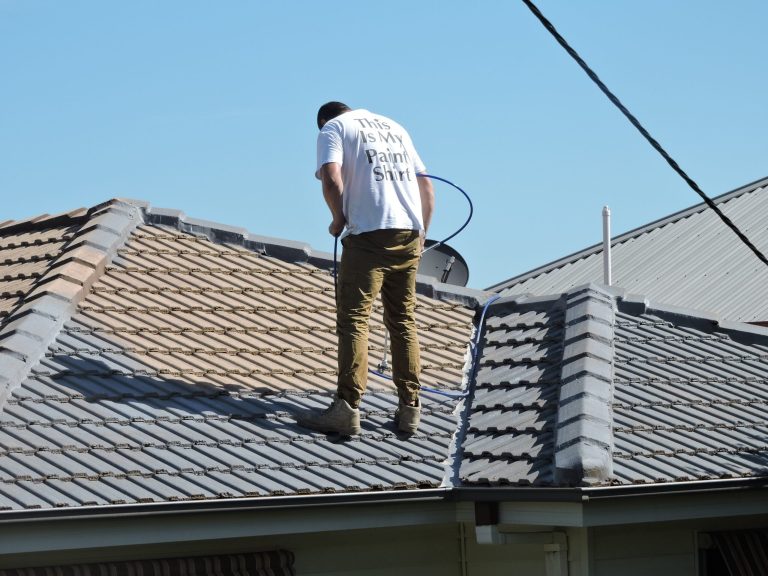Turbines are at the heart of power generation systems, converting thermal energy into mechanical energy and eventually into electricity. However, they operate under extremely harsh conditions—exposed to high temperatures, corrosive environments, and intense mechanical stress. To ensure reliable and efficient operation, turbine section coatings play a crucial role in protecting key components. This guide aims to provide beginners with a comprehensive understanding of what turbine coatings are, why they matter, and how they’re used in power plants.
What Are Turbine Section Coatings?
Turbine section coatings are specialized surface treatments applied to turbine blades, vanes, nozzles, and other components in both gas and steam turbines. These coatings serve as a protective layer, shielding metal parts from extreme heat, oxidation, corrosion, and erosion.
There are different types of coatings, each engineered for specific protective functions. They are often designed to:
- Resist high-temperature oxidation and corrosion
- Reduce wear and mechanical erosion
- Improve thermal insulation
- Enhance aerodynamic performance
In the high-stakes environment of power plants, these coatings help extend component life, reduce maintenance frequency, and maintain optimal efficiency.
Why Are Turbine Coatings Necessary in Power Plants?
In modern power generation systems—especially gas-fired combined cycle plants—turbines can operate at temperatures exceeding 1,300°C (2,372°F). These extreme conditions push materials to their limits, often beyond what even the most advanced metal alloys can handle alone. Here’s why coatings are essential:
1. Thermal Protection
High operating temperatures can degrade turbine components. Thermal barrier coatings (TBCs), typically ceramic-based, help insulate parts from heat, maintaining the integrity of the underlying metal.
2. Oxidation and Corrosion Resistance
Turbines are exposed to moist steam, combustion byproducts, and other chemicals that can corrode metal surfaces. Protective coatings reduce chemical interactions, extending component life.
3. Erosion Resistance
In environments where airborne particles or contaminants are present, erosion can occur. Erosion-resistant coatings protect turbine blades from surface degradation due to particle impact.
4. Improved Maintenance Cycles
With better resistance to wear and tear, coated components require less frequent inspection and replacement, leading to lower maintenance costs and reduced downtime.
Types of Turbine Section Coatings
There’s no one-size-fits-all coating—each is chosen based on turbine design, operating conditions, and materials. Common types include:
1. Thermal Barrier Coatings (TBCs)
- Material: Ceramic topcoat over a metallic bond coat
- Function: Provides insulation to metal substrates
- Use: Most common in gas turbine hot sections
TBCs allow turbines to operate at higher temperatures, improving thermal efficiency without damaging internal parts.
2. Diffusion Coatings
- Material: Aluminide or chromide coatings
- Function: Provides corrosion and oxidation resistance
- Use: Steam turbine components and compressor sections
These coatings form protective oxide layers that regenerate over time, offering long-term surface protection.
3. Overlay Coatings
- Material: Nickel- or cobalt-based alloys
- Function: Protects against high-temperature corrosion and wear
- Use: Both hot and cold sections of turbines
Overlay coatings are applied in thicker layers than diffusion coatings and offer more comprehensive protection.
4. Erosion-Resistant Coatings
- Material: Carbide or nitride-based coatings
- Function: Shields blades and vanes from impact wear
- Use: Areas prone to particulate-laden flow
These coatings are especially useful in older power plants where the air quality or fuel purity may introduce abrasive particles into the turbine.
Application Methods for Coatings
The method of application greatly affects the coating’s performance. Some commonly used techniques include:
Air Plasma Spraying (APS)
Used primarily for applying TBCs, APS involves spraying molten particles onto the surface, forming a dense, layered coating.
Electron Beam Physical Vapor Deposition (EB-PVD)
A high-tech method ideal for advanced ceramic coatings, offering excellent adherence and microstructure control.
High-Velocity Oxygen Fuel (HVOF)
Suitable for metallic and carbide coatings, HVOF offers high-density coatings with excellent wear resistance.
Pack Cementation
Used for diffusion coatings like aluminides, where the component is embedded in a powder and heated to allow coating diffusion into the surface.
Each method is selected based on the component’s shape, material, and the desired coating properties.
Coating Maintenance and Lifespan
Coatings do not last forever. Over time, they degrade due to thermal cycling, oxidation, and mechanical stress. Regular inspections are critical to assess coating condition, typically using:
- Visual inspections
- Ultrasonic testing
- Thermal imaging
- Metallurgical analysis
Coating refurbishment, such as stripping and reapplication, is often done during major overhauls. In some cases, damaged components may need to be replaced entirely if coatings have failed extensively.
Benefits of Turbine Section Coatings
The use of turbine section coatings offers several strategic benefits to power plants, including:
- Increased Efficiency: Enables turbines to run at higher temperatures and closer to their design limits.
- Lower Operational Costs: Reduced wear and corrosion mean less frequent part replacements.
- Extended Component Life: Coated parts last longer, decreasing capital expenditure over time.
- Enhanced Safety and Reliability: Lower risk of catastrophic failure due to component degradation.
Challenges and Future Trends
While the benefits are clear, challenges remain. Coating application requires precision, and improper bonding or coverage can lead to premature failure. Additionally, the development of new alloys and turbine designs requires coatings that can keep up with changing performance demands.
Future trends in turbine coatings include:
- Smart coatings that signal wear or temperature changes
- Nano-structured coatings for better resistance and durability
- Eco-friendly coating processes to reduce environmental impact
With advancing material science and AI-driven monitoring systems, the future of turbine coatings is moving toward greater intelligence and sustainability.
Conclusion
Turbine section coatings are an essential component of modern power plant operations. Whether in gas or steam turbines, these coatings ensure that critical components can withstand extreme conditions while maintaining performance and safety. For power plant engineers, operators, and maintenance crews, understanding the fundamentals of turbine coatings is key to maximizing asset life, improving efficiency, and reducing costs.
As technology advances, so will the complexity and capability of turbine coatings—making them not just a protective measure, but a strategic asset in power generation.




